Step 1: Application Evaluation
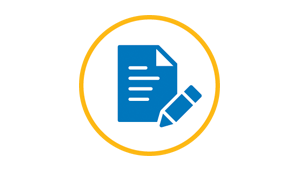 First, you will fill out a form with the detailed information on your application and overall project goals. This serves as a quick feasibility screening. The collected information helps us: understand your feed characteristics and permeate quality requirements, begin the membrane selection process, address potential challenges, and determine the next steps. It also helps us to ask the right follow-up questions for the test design. In short, this step facilitates communication and planning. This detailed information and planning leads to high quality results in the shortest amount of time.
First, you will fill out a form with the detailed information on your application and overall project goals. This serves as a quick feasibility screening. The collected information helps us: understand your feed characteristics and permeate quality requirements, begin the membrane selection process, address potential challenges, and determine the next steps. It also helps us to ask the right follow-up questions for the test design. In short, this step facilitates communication and planning. This detailed information and planning leads to high quality results in the shortest amount of time.
Ready to get started? Download and fill out our Application Evaluation form now.
Step 2: Lab Testing
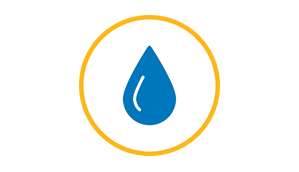 Submit a feed stream sample to Parker for testing membrane compatibility with our LP unit. During the lab test, we will make the membrane selection, design optimal parameters, experiment and address potential challenges predicted from step 1, and understand the flux rate and permeate quality. At the end of this lab test we can make recommendations on the application feasibility, and design pilot test procedures.
Submit a feed stream sample to Parker for testing membrane compatibility with our LP unit. During the lab test, we will make the membrane selection, design optimal parameters, experiment and address potential challenges predicted from step 1, and understand the flux rate and permeate quality. At the end of this lab test we can make recommendations on the application feasibility, and design pilot test procedures.
Step 3: Onsite Pilot Testing
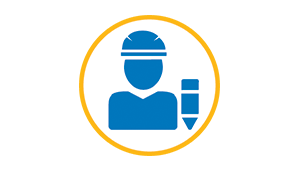 Once we determine that we can process your feed stream (and have a good business case), Parker engineers bring the LP unit to your site to gather data in larger volumes. The duration of this testing could range from a week to a month or more. This is an important step, which functions as a scaled down simulation of how a true production unit will perform. This longer timescale allows us to capture critical variations in the feed that can affect the system performance, and incorporate these changes into our full-scale system proposal, to ensure the system meets all requirements.
Once we determine that we can process your feed stream (and have a good business case), Parker engineers bring the LP unit to your site to gather data in larger volumes. The duration of this testing could range from a week to a month or more. This is an important step, which functions as a scaled down simulation of how a true production unit will perform. This longer timescale allows us to capture critical variations in the feed that can affect the system performance, and incorporate these changes into our full-scale system proposal, to ensure the system meets all requirements.
Step 4: Engineering Design and Build
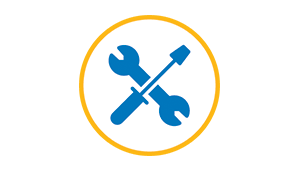 Our detailed design phase is a collaborative process where Parker will guide you to ensure that every need, preference and option is designed into the ultimate separation system for you.
Our detailed design phase is a collaborative process where Parker will guide you to ensure that every need, preference and option is designed into the ultimate separation system for you.
Step 5: Commissioning
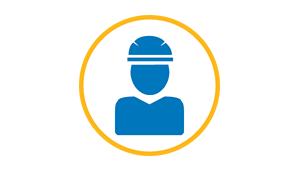 Ready for a worry-free start-up? A Parker engineer will be onsite to ensure a problem-free start up, as well as to train your team.
Ready for a worry-free start-up? A Parker engineer will be onsite to ensure a problem-free start up, as well as to train your team.

